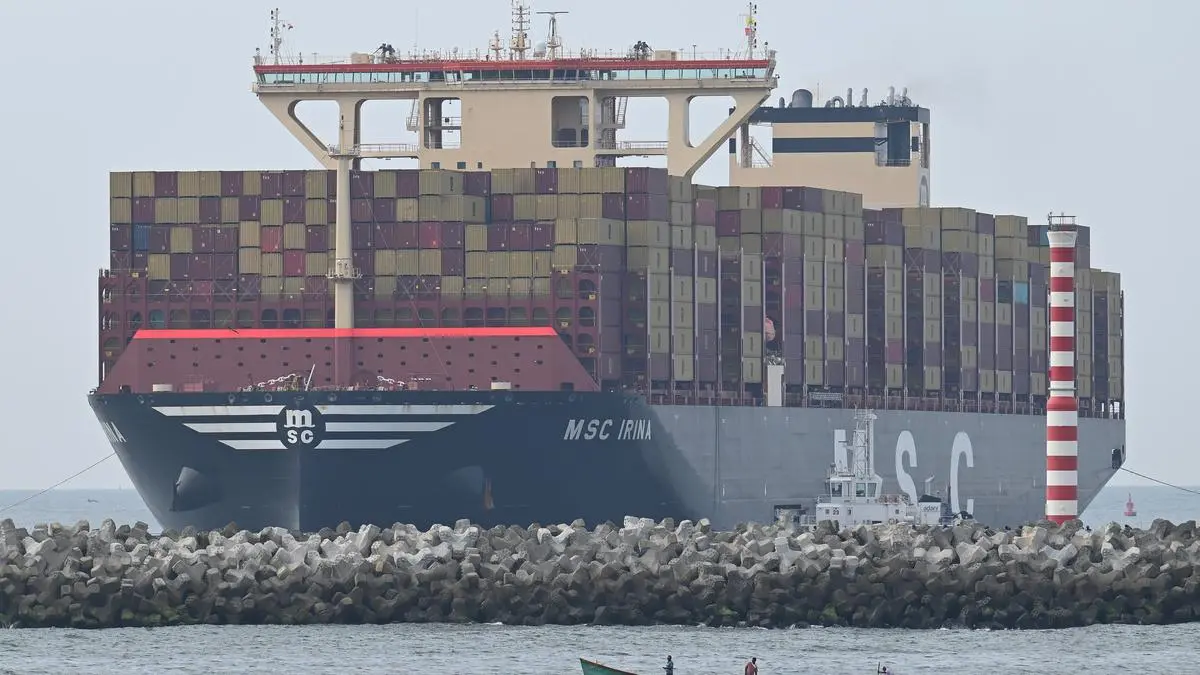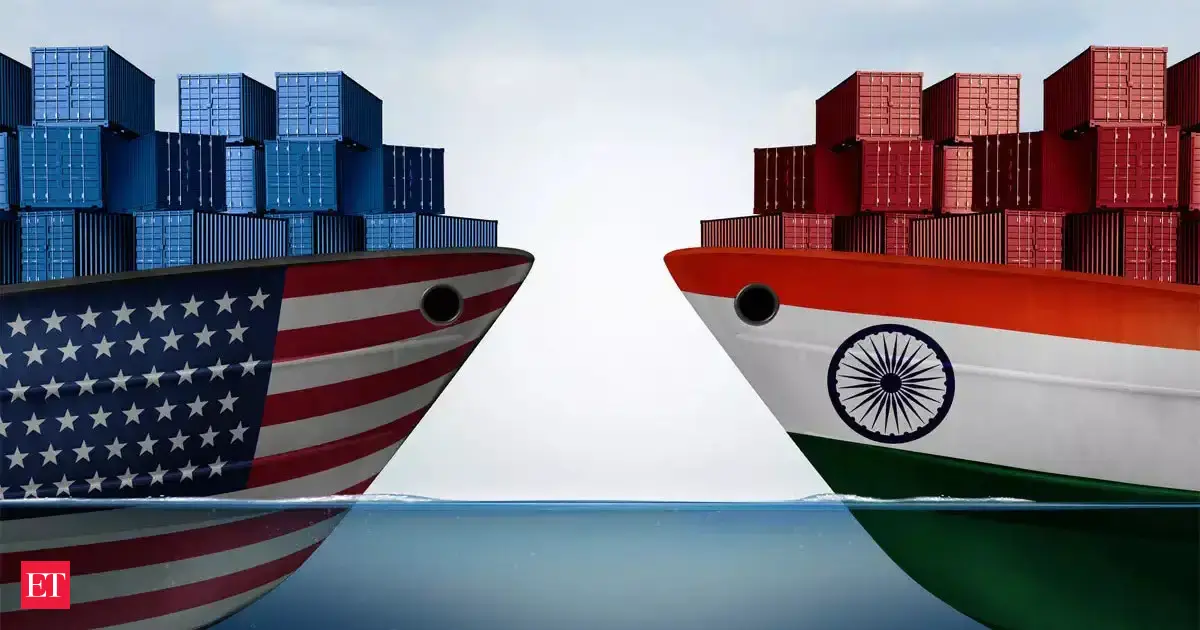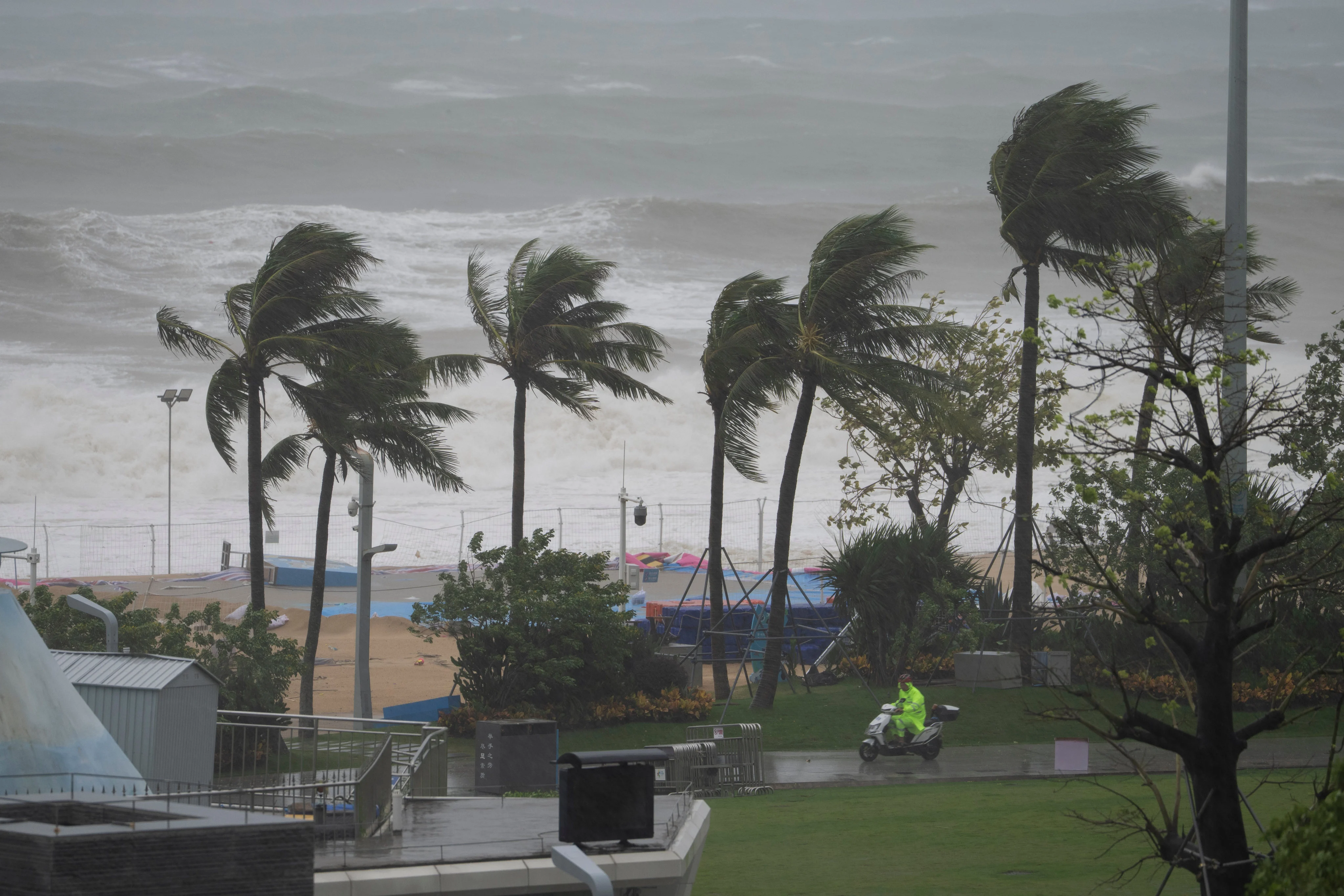By Jose Paul
Copyright thehindubusinessline

April 26, 1956, is widely regarded as a key date in the history of container shipping when standardised containers were first used to transport cargo by sea. The converted tanker ‘Ideal X’, which sailed from New York to Houston in the US carrying 58 containers on its decks, was the brainchild of trucking magnate, Malcom Mclean who calculated that loading a medium-sized ship in the conventional way will cost $5.83 a tonne compared with less than $0.16 a tonne when carried in containers.
Containerisation thus opened up new markets and gradually connected just about every corner of the world to the global economy.
Growth and development
Today, it is not American but European lines which are dominating container shipping. About 30 container shipping lines operate to different ports of the globe. The largest container shipping lines are Switzerland’s Mediterranean Shipping Company (MSC), Denmark’s Maersk Line, France’s CMA/CGM, Hong Kong’s Chinese Container Line COSCO, Germany’s Hapag-Lloyd and Japanese owned Ocean Network Express (ONE).
As of early 2025 MSC has approximately 900 container ships of 5.5 million TEUs controlling about 20 per cent of global container capacity. Maersk Line has about 700 container ships of 4.1 million TEUs while the CMA/CGM has 650 vessels of 5.42 million TEUs including about 122 ships under construction.
Thus CMA/CGM has effectively overtaken Maersk as the second largest container shipping line. The fourth largest, COSCO Shipping, has 542 vessels of 3.39 million TEUs. The fifth largest is Hapag-Lloyd, with 248 ships of 3 million TEUs. ONE is the sixth largest of 2 million TEUs. The top 30 container shipping lines control about 80 per cent of the total container fleet.
The world fleet of container ships by 2025-end is expected to reach about 6,700 vessels of 32.5 million TEUs. The global fleet capacity growth has exceeded trade volume growth for several years. In container shipping specifically, growth in supply has consistently surpassed growth in demand for a large part of the past three decades.
For decades, containerised trade has been the fastest growing market segment accounting for less than 20 per cent of global seaborne trade, but two-thirds of global trade by value is earned in container shipping. A recent study provides empirical evidence that containerisation is the driver of economic globalisation in the 20th century.
A new trend that is unfolding globally is the continued penetration of containerisation into bulk trade.
Container carriers achieved unprecedented profits, estimated at almost $300 billion in earnings before interest and taxes (EBIT) in 2022 (UNCTAD Review of Maritime Transport 2023). The high container freight rates appear to have yielded huge profits to container shipping lines.
Top container shipping lines are now aiming at strengthening their position and mitigating the effect of downturns in business cycles by creating additional revenue streams and investing in new assets and broader logistics.
These shipping lines have been investing in end-to-end solutions to emerge as service integrators.
They have been diversifying their portfolio from container shipping into more profitable sectors like port development, establishment of container freight stations and logistic operations.
Indian connection
For example, MSC holds a stake in Adani Ports (in Mundra), Kamarajar and Vizhinjam for more efficient container operations. Maersk signed a significant investment agreement with the Government of Andhra Pradesh in August to develop Krishnapatnam Port. The CMA/CGM has strategic terminal investments in JN Port and in Gujarat’s Gift City.
ONE has launched a new intermodal refrigerated rail services connecting Hyderabad ICD with Nava Seva. This service is aimed at improving cold chain logistics between inland India and global markets.
Maritime States in India should invite major container shipping lines to make investments and, thereby, promote port-led growth.
The writer is a former Chairman of Mormugao Port Trust and an Adjunct Professor of Indian Maritime University, Chennai
Published on September 30, 2025



